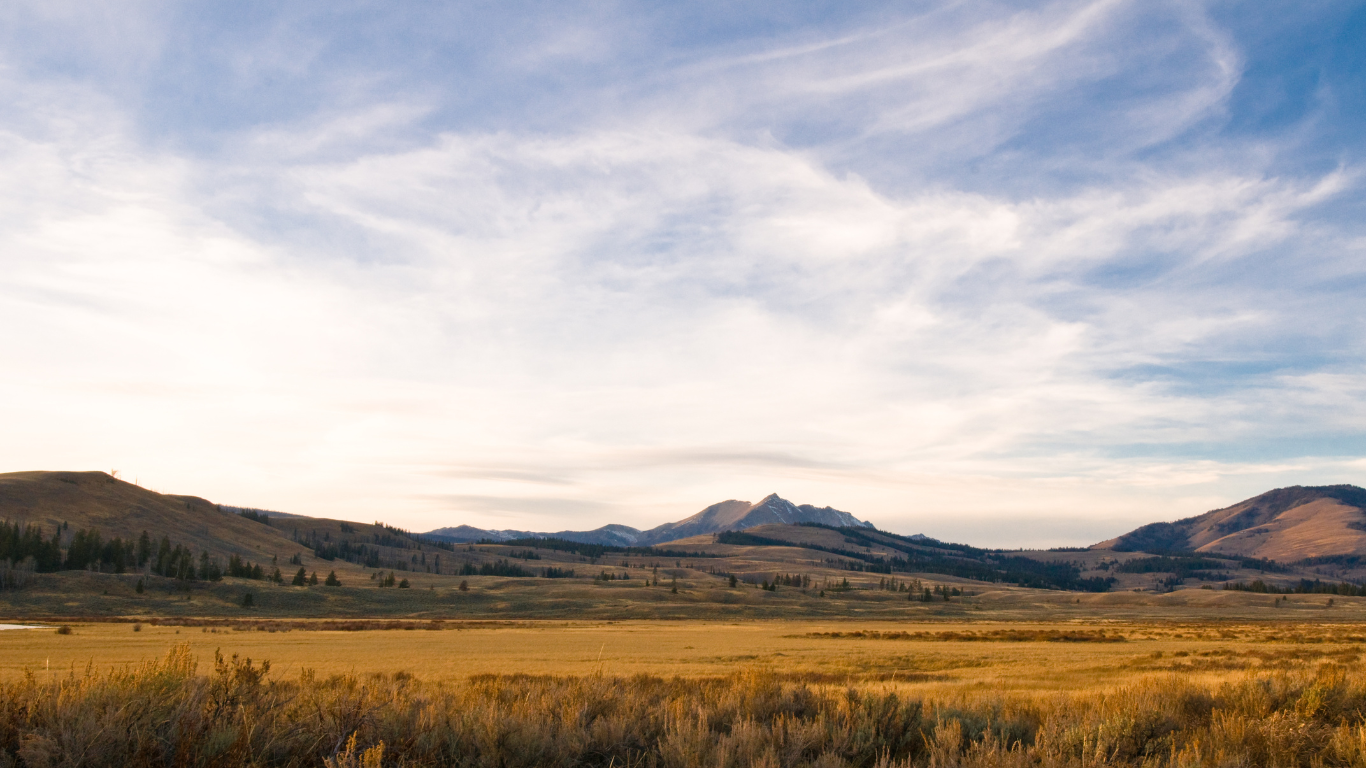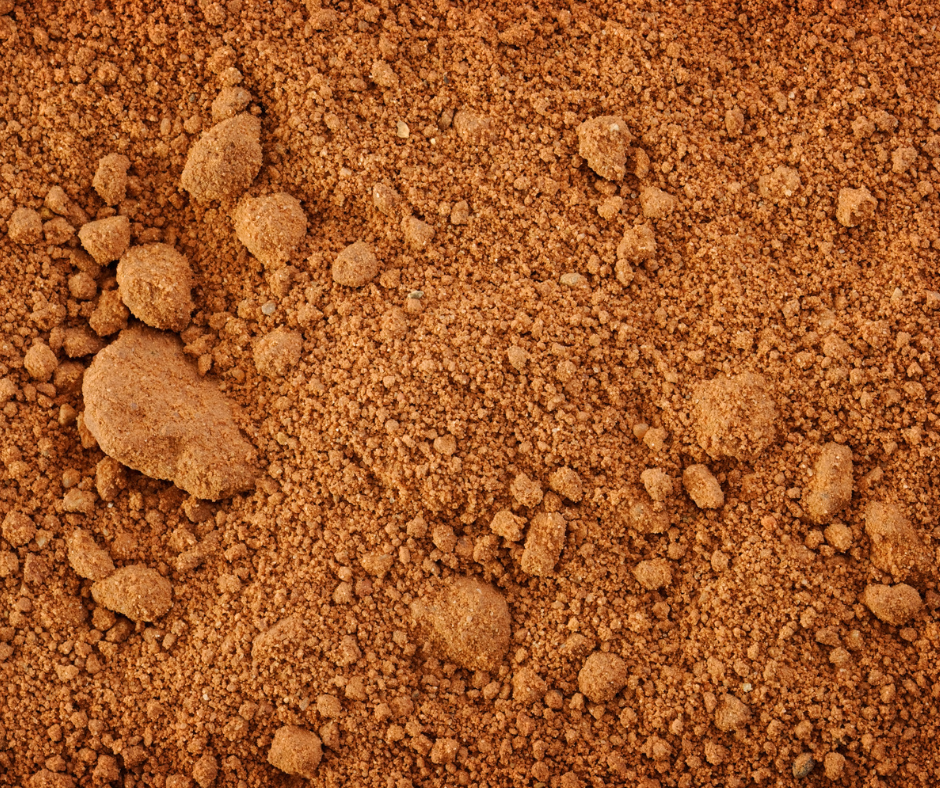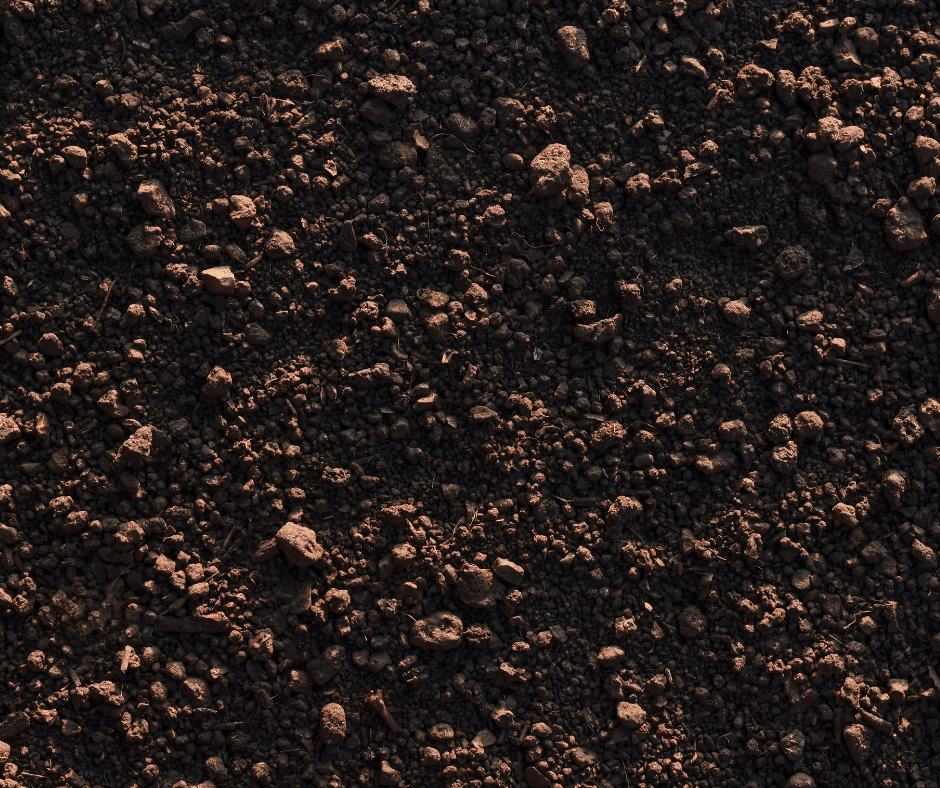
Soil
The quality of coffee beans is significantly influenced by the soil in which they are grown. Nutrient-deficient soil can lead to smaller, lower-quality beans with an undesirable taste. Acidic soil usually produces beans with a bright, citrusy flavor, while alkaline soil tends to result in a more mellow taste. Soil that retains too much water can cause root rot and other issues, negatively affecting plant health and bean flavor. On the other hand, soil rich in phosphorus or magnesium often yields sweeter beans, whereas soil high in iron can produce beans with a more bitter taste.

Clay Minerals:
- Nutrient dense soils with clay content.
- Retains water well (even in drought conditions).
- Retains nutrients well (excellent for plant health).

Nitisols:
- Highly nutrient dense soils with about 30% clay.
- About 1.5% of soil falls under this category.
- Found in East Africa and Central America

Vertisols:
- Highly nutrient dense soils that undergo a lot of expansion and contraction throughout seasonal changes.
- About 2% of soil falls under this category.
- Found: Northeastern Africa, India, and Australia

Volcanic Loam (Andisols):
- Highly Nutrient dense soils with volcanic ash, cinder deposits, and organic matter.
- Largely consist of non-crystalline (amorphous) minerals, such as allophane and imogolite. Also highly rich in nutrients such as iron, calcium, magnesium, sodium, potassium, phosphorus, sulfur, silicon and other trace elements that may vary by location.
- Often dark red / black in color, slightly acidic pHs.
- Retains water well (even in drought conditions).
- Found: Around the Ring of Fire (especially Indonesia, Central America, and South America), round African plate boundaries (especially around East Africa), Volcanic Hot Spots (i.e. Hawaii)
- Effect on Taste: Smooth and Full, notes of Chocolate and/or Nuts.
